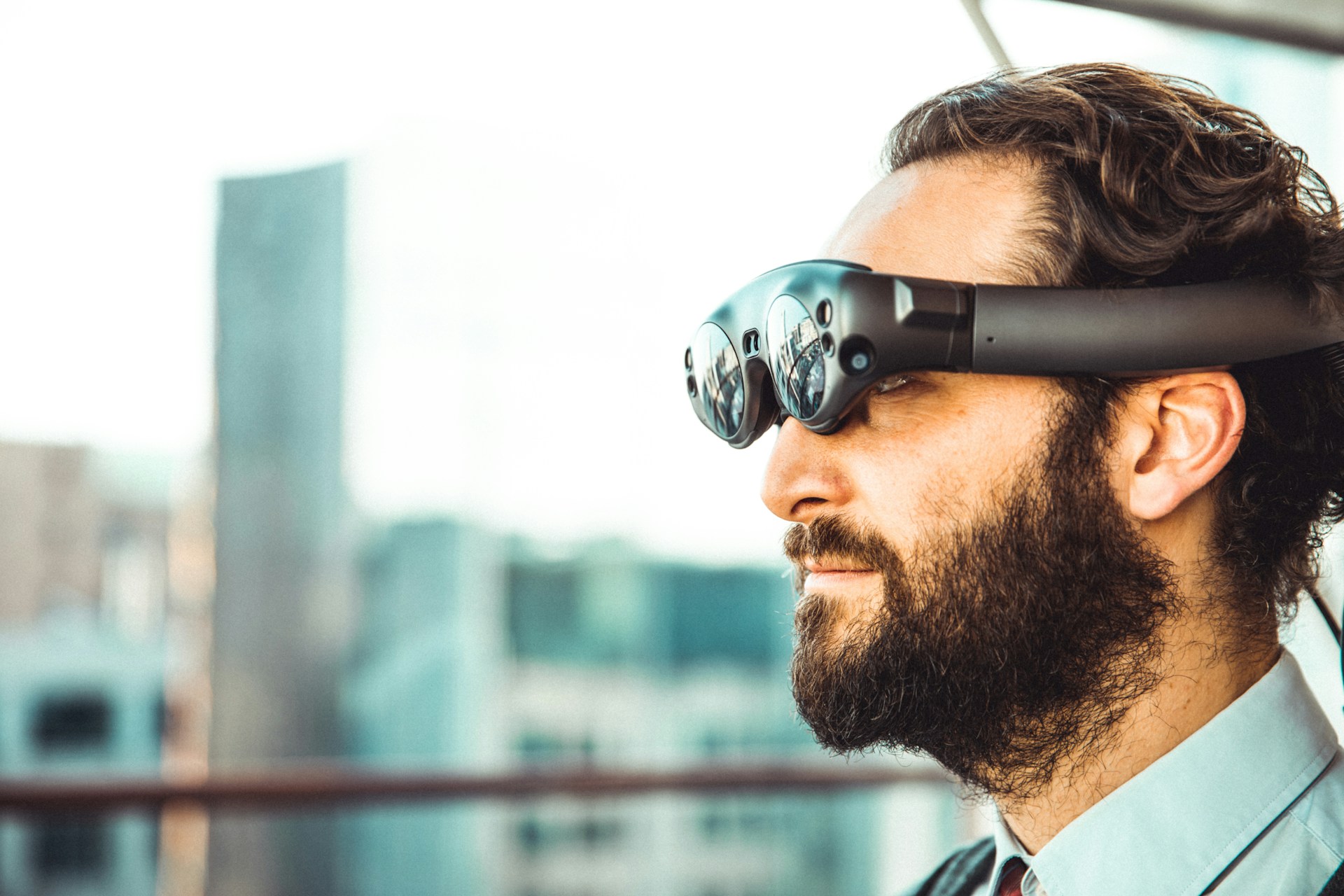Over the years there have been many waves of hype and scepticism surrounding augmented reality (AR), and 2024 is no different.
When trying to cut through and determine if it’s a viable format for your marketing strategy, the first thing to understand is what makes it useful.
These are the strengths of AR.
Inject existing 2D assets with 3D life
The great strength of AR is that it supplements the real world with an additional layer of information. This means that branded content, marketing materials, and existing inventory can be given a lick of technology paint via AR. And since everyone has a phone it’s easily accessible.
From using a brand logo as a marker to trigger AR content and thereby extend the consumer’s relationship with the brand, through to building out campaigns whereby print and flat screen digital assets are enhanced with interactive AR content; the beauty of AR is that 2D material can be transformed into 3D experiences.
The challenge with this capability is making sure that, for the consumer, it’s worth the effort. There have been various AR marketing campaigns whereby users scan the bottle or the box, to learn more about the story of the brand. But do people really care?
And this raises the issue that just because you can do something, doesn’t necessarily mean you should. So knowing that AR can enhance existing 2D assets is great. But what filters should you use to determine whether it’s worth the trouble?
The visualisation of complex concepts
Do you have a product that’s technically amazing, but from the outside looks pretty plain? Are you solving a problem that’s hard to understand, but makes sense when you can see it in action? Does your product or service provide a solution that fixes an existing situation?
If the answer to these questions and the general concepts behind them is yes – then it’s worth considering AR as part of your marketing strategy. The reason being that AR’s great strength is its ability to educate the user by using 3D models to visualise ideas that are hard to understand.
For example, an air conditioning unit that has specialist technology which not only cools the room but purifies the air. Through AR the user can place the air conditioning unit in their home or office and see what it looks like. But also then trigger the 3D AR animation to get a visualisation of the air conditioning unit changing the temperature of the room as well as improving the air quality through its unique air purification system.
By seeing the system in place and illustrating the unique selling points of the product, the user has a deeper understanding of the product and its value. Sure you can make a video and have people watch the clip but really what’s unique about another video when compared to having a 3D model of the product in your room and seeing first hand how it can physically improve the quality of your environment.
AR is Playful
Not only does AR generate knowledge through the visualisation of complex concepts, it can be interactive and fun. There is a joy that comes with being able to place ‘imaginary’ objects into a real-world space.
Having content which floats on your desk, spinning around and transforming before your eyes as it illustrates information, and thereby changes your world is interesting, and captures people’s attention.
In addition to building interactive AR content which allows the user to ‘see inside the machine’ and understand how it works and thereby why it is so good, at Start Beyond we’ve also created 3D AR videos of experts talking about their specialist field. By taking a standard video and transforming it into a 3D asset it injected life and interest into content which otherwise was struggling to gain traction. The uniqueness of the format and the fun of having a little Princess Leia animation telling you the product story lands with the consumer.
Additionally, creating AR gameplay out of a product’s core service is another engaging way to use this format to enhance your marketing strategy. For example, we’ve built for a technology company that specialises in online security, an AR game in which the user battles against an endless swarm of bots attacking the system. By visualising the essential service of the organisation into an AR game, the business was able to create a point of difference with its competitors and use the gameplay as a springboard to educate the consumer on the critical selling points of its product.
The long tail with AR
Everyone is always looking to maximise the value of the assets they create and AR is no different. The 3D models created for the AR can also be re-packaged into 2D friendly formats and leveraged across other digital channels via your website and social channels, and while they’ll not be as effective as in its purest AR execution there is still value in re-skinning these assets for additional traditional media usage.
Use now a build for the future
The prevalence of AR will continue to increase as the capability of Web AR assets, the capacity of mobile devices and desire of consumers to have a more compelling experience than the passive formats of 2D media, drives mainstream adoption.
By understanding the strengths of AR and how to leverage it within your product and services, you’re unlocking a lever that can provide a strong touchpoint for the consumer and is a valuable tool when integrated into your broader marketing strategy.
AR in isolation will not solve all your needs, but when used astutely it will cut through the noise and provide users with a fun and informative experience that deepens their knowledge and appreciation of your product, and thereby drives growth.
So when faced with the question of should I use AR, ask these questions:
- Are the unique selling points of my product hard to understand?
- Will seeing my product in the ‘room’ doing its thing, make it more sellable?
- Are my existing 2D assets being ignored?
If the answer to any of these questions is yes – then I suggest you explore how AR could work for you, both now and in the future.
Next, read Marketing Mag’s recent interview with Angus Stevens.
Cover image attributed to My name is Yannick via Unsplash.




